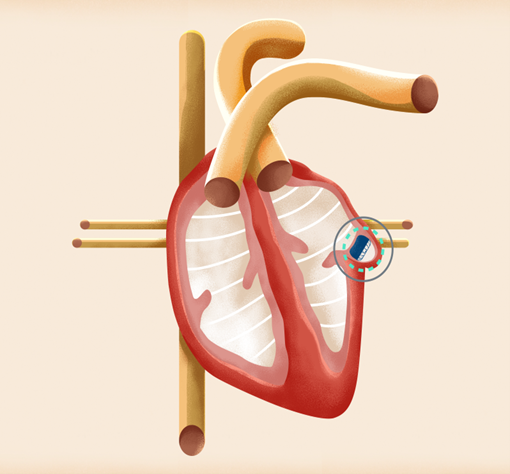Left Atrial Appendage Occlusion Implant
The LAAO Implant for Stroke Prevention: Should You Consider It?
When someone has a condition called Atrial fibrillation (AFib), their heart's upper and lower chambers don't beat together properly. This is called an irregular heartbeat or arrhythmia. People with AFib may feel symptoms like a fast or pounding heart, dizziness, and tiredness. AFib can also lead to dangerous blood clots that can travel to the brain and cause a stroke.
Doctors often prescribe blood-thinning medicines like warfarin or apixaban (also known as Coumadin or Eliquis) to help AFib patients avoid strokes. But some people can't take these medicines because they have a higher risk of bleeding. That's where the Left Atrial Appendage Occlusion (LAAO) implant comes in.
How does the LAAO Implant work?
When people have AFib, they often develop blood clots in a small pouch in their heart called the LAA (Left Atrial Appendage). The LAAO device is a small implant that is put into the heart using a thin tube called a catheter, which goes through a vein in the leg. Once in the heart, the device blocks the opening of the LAA, stopping clots from getting into the bloodstream and causing a stroke. This procedure is minimally invasive.

Is the LAAO Implant the right choice for you?
Many people with AFib do just fine with blood-thinning medicines. If you can take these medicines without any problems, you probably won't need the LAAO implant. But if you or someone you know has trouble with blood thinners, your doctor might suggest the LAAO device implant. It's been approved by the FDA and offers an alternative to blood thinning medicines for AFib patients who are at high risk of having a stroke.
If you want to learn more about the LAAO device implant, you can call the Covenant Cardiology office at 989-583-4700. Covenant was the first hospital in the region to offer this implant and continues to perform this procedure as part of the Structural Heart Disease Program.